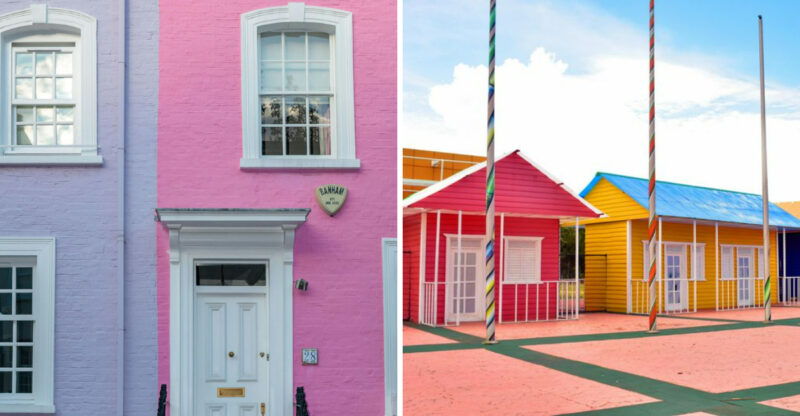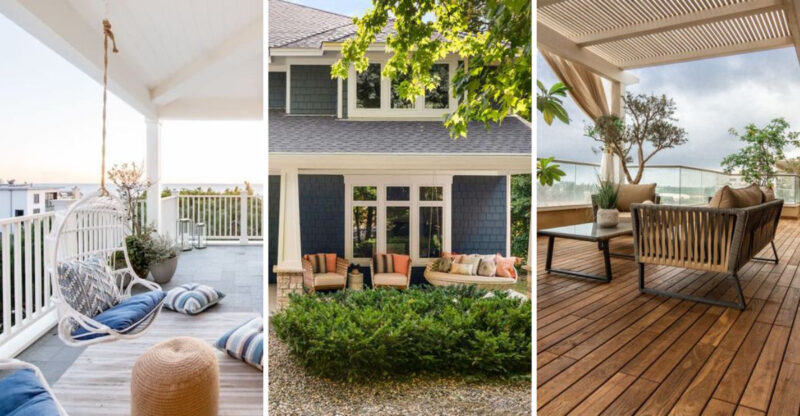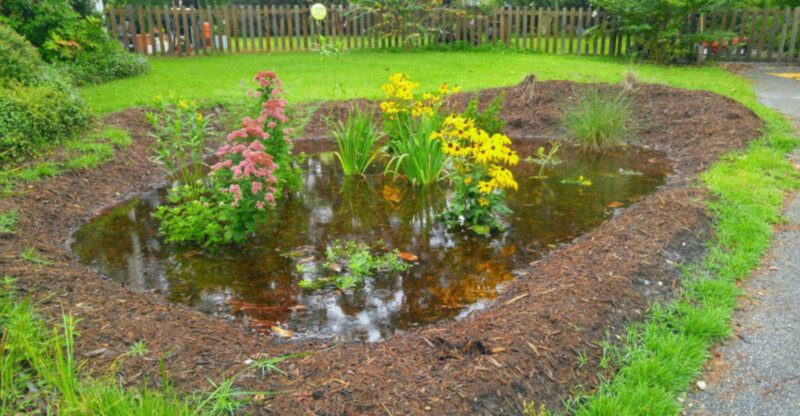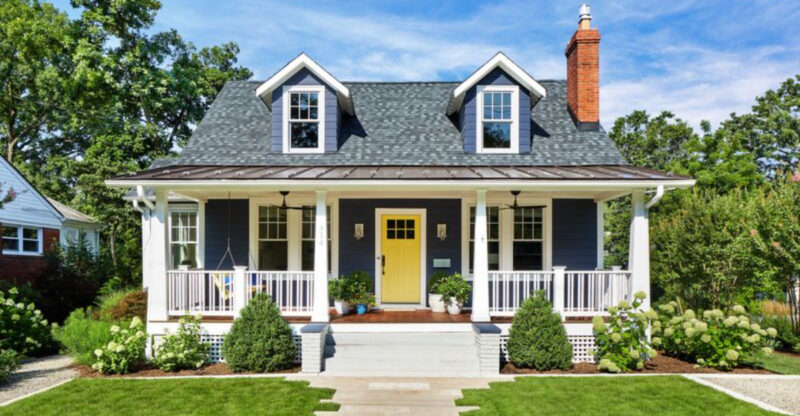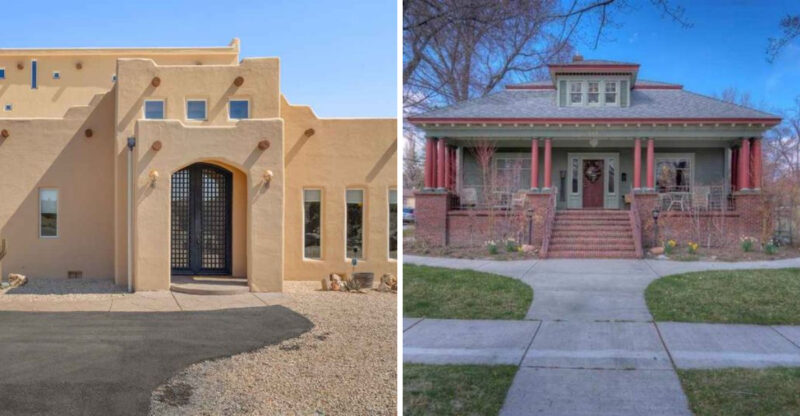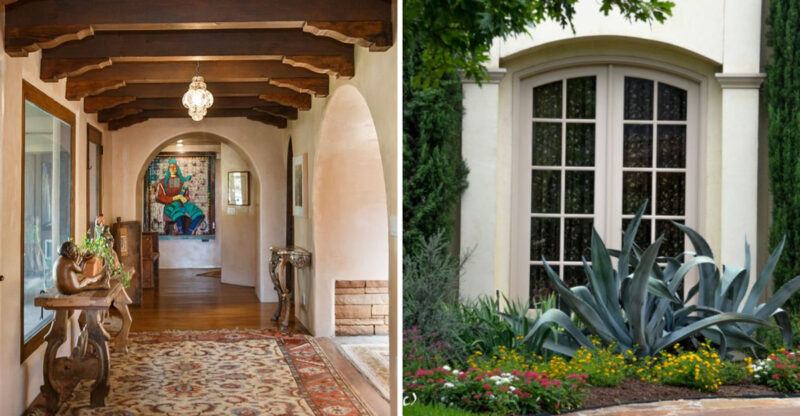15 Distinctive Features Of Classic Spanish-Style Homes
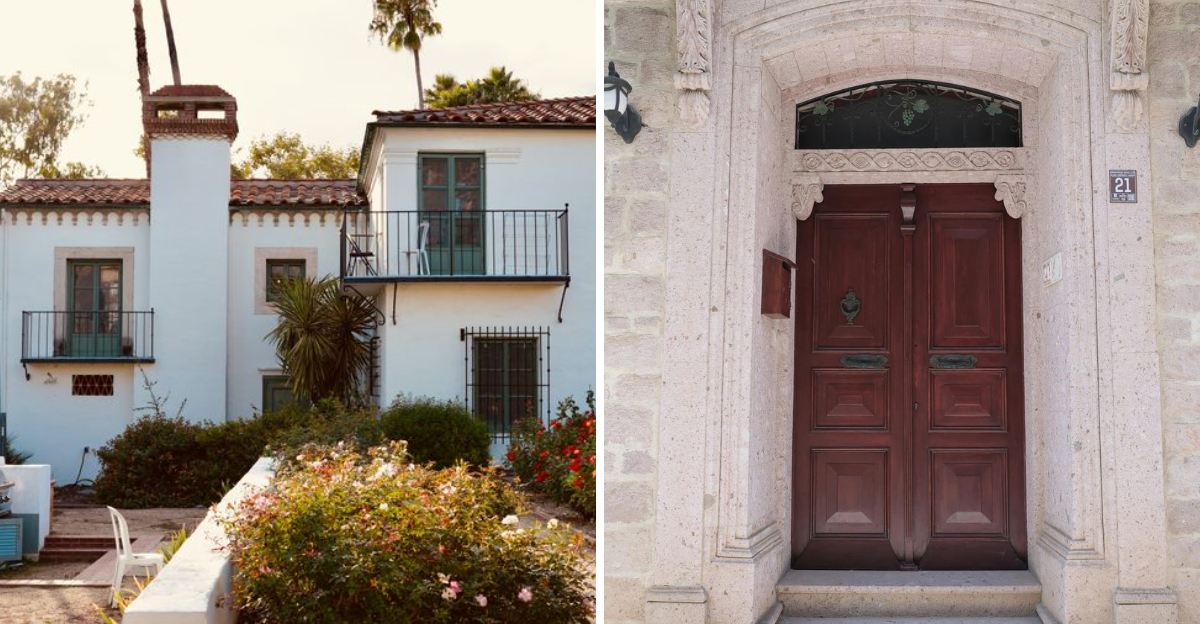
Ever walked past a white stucco home with a red tile roof and thought, “That place just looks like a vacation”? There’s something undeniably charming and sun-soaked about classic Spanish-style architecture, it manages to feel both timeless and effortlessly relaxed.
From hand-painted tiles to dramatic ironwork, these homes are full of character that sets them apart from more modern builds.
Join me in exploring the signature features that make Spanish-style homes so beloved (and often copied). While these features are commonly found in Spanish-style homes, not every home will include all of them.
1. Red Clay Roof Tiles
Ever notice those wavy, reddish-orange roofs that look like they’ve been baking in the Spanish sun for centuries? They’re actually functional art! The curved shape allows rainwater to flow easily while the thick clay provides natural insulation.
Traditional terra cotta tiles keep homes cooler in summer and warmer in winter. Each tile gets its distinctive color from iron in the clay, which oxidizes during firing.
Though heavy and requiring structural support, these iconic roofs typically last 50+ years with minimal maintenance.
2. White Or Earth-Toned Stucco Walls
How practical these walls are in hot climates! Stucco creates a seamless, thick barrier that naturally regulates indoor temperatures. The textured finish reflects sunlight rather than absorbing it.
Spanish homes traditionally feature white or warm earth tones like ochre, sienna, and sandy beige. This color palette wasn’t just pretty, it was purposeful!
These colors helped deflect heat while using locally available pigments. Modern versions still maintain this authentic look while incorporating updated materials for better durability and weather resistance.
3. Arched Doorways And Windows
Where straight lines feel modern and rigid, arches bring romantic softness to Spanish architecture. These curved openings aren’t just pretty, they’re engineering marvels that distribute weight more effectively than rectangular frames.
Arched features come in various styles, perfect half-circles, flattened curves, or elaborate horseshoe shapes borrowed from Moorish influence. The gentle curves create natural flow between rooms and frame gorgeous views of courtyards or gardens.
Walking through an arched doorway somehow feels more ceremonial, like you’re entering somewhere special.
4. Wrought Iron Details
This decorative metalwork adds both security and artistry throughout Spanish homes. Blacksmiths hand-forged these elements for centuries, creating unique patterns that tell stories about the home’s origins.
Wrought iron appears everywhere, window grilles (called rejas), stair railings, light fixtures, and hardware. The scrolling, organic designs often feature nature motifs like leaves, flowers, and vines.
These dark metal accents create gorgeous contrast against light stucco walls. Modern Spanish homes still incorporate these details, though many now use cast iron, which is more affordable but mimics the handcrafted look.
5. Decorative Tilework
Though small in size, these colorful tiles pack major personality into Spanish homes! Azulejos (glazed ceramic tiles) create stunning focal points in kitchens, bathrooms, staircases, and fountains.
Spanish tile designs range from geometric Moorish patterns to hand-painted florals and scenes. Their glossy finish bounces light around rooms while the bold colors energize neutral spaces.
I love how these tiles blend art with function. They’re naturally waterproof, easy to clean, and last virtually forever. Even a small installation of authentic tiles instantly communicates Spanish style.
6. Wooden Ceiling Beams
If walls could talk, these rustic overhead timbers would tell tales of Spanish craftsmanship spanning centuries. Originally structural necessities, exposed beams (called vigas) now serve as dramatic architectural features even when not load-bearing.
Made from solid wood like pine, oak, or cypress, these beams are often stained dark to contrast with white ceilings. The substantial scale makes rooms feel grounded and substantial.
Some homes feature elaborate coffered ceilings with intricate woodwork between beams. Others showcase simpler arrangements with rough-hewn logs that retain their natural character marks.
7. Interior Courtyards
Where better to blend indoor and outdoor living than in these private oases? Central courtyards (called patios) form the heart of traditional Spanish homes, providing natural light, ventilation, and social space protected from street noise.
Typically surrounded by arched walkways, these courtyards feature fountains, potted plants, and comfortable seating. The arrangement allows family members to enjoy fresh air while maintaining privacy.
Rooms arranged around the courtyard benefit from multiple exposures and cross-breezes. This centuries-old design solution remains remarkably relevant for modern living.
8. Terracotta Or Saltillo Flooring
Did you know these earthy clay tiles keep getting better with age? Handmade from natural clay, terracotta floors develop a gorgeous patina over decades that machine-made tiles simply can’t replicate.
Spanish homes traditionally feature these tiles in warm shades ranging from salmon pink to rusty orange. The slightly irregular shapes and color variations show their handcrafted nature.
While they require some maintenance with regular sealing, their durability is legendary. Many Spanish homes have original floors that are centuries old! Their thermal mass also helps regulate indoor temperatures.
9. Textured Plaster Walls
When light plays across these walls, magic happens! Unlike flat modern drywall, traditional Spanish interiors feature plaster with subtle variations that catch shadows and create visual depth throughout the day.
Techniques range from smooth troweled finishes to more dramatic textures like Spanish knife (irregular swoops) or skip trowel (subtle patches). These walls were traditionally made from lime plaster, which naturally resists mold and allows the walls to “breathe.”
Modern versions often incorporate acrylic for durability while maintaining the artisanal look that gives Spanish homes their cozy, handcrafted feel.
10. Rounded Turrets Or Towers
It’s like having your own miniature castle feature! These cylindrical architectural elements add vertical drama and create uniquely shaped interior spaces that break free from typical boxy rooms.
Spanish towers often house spiral staircases, cozy reading nooks, or dramatic entryways. Their thick walls include small, deep-set windows that filter light beautifully.
Originally defensive features in Spanish architecture, modern versions celebrate their romantic silhouette rather than practical function. The curved walls create wonderful acoustics inside while making a bold statement from the street.
11. Heavy Wooden Doors
First impressions matter, and nothing says “welcome to my Spanish home” like a substantial wooden entrance door! These aren’t flimsy modern doors, they’re architectural statements crafted from solid hardwoods like oak, walnut, or mesquite.
Traditional versions feature decorative iron studs, speakeasy grilles, and hand-forged hardware. The substantial weight feels satisfyingly solid when opened or closed.
Many showcase carved panels depicting religious symbols, family crests, or nature motifs. Though heavy, these doors often include smaller pass-through openings (postigos) that allow ventilation without compromising security.
12. Ornamental Chimneys
Why settle for boring smokestacks when your chimney can be functional sculpture? Spanish homes elevate these necessary features into decorative focal points visible from blocks away.
Often topped with miniature clay tile roofs or decorative caps, these chimneys extend the home’s artistry skyward. Many feature whitewashed stucco to match the walls, with decorative brickwork or tilework accents.
The most elaborate examples include multiple flues grouped together in sculptural arrangements. Beyond their practical purpose, these distinctive silhouettes contribute significantly to the home’s overall character and curb appeal.
13. Balconies With Iron Railings
Are you picturing romantic Spanish serenades? These projecting platforms with decorative ironwork railings blend indoor-outdoor living while adding architectural interest to exterior walls.
Spanish balconies range from shallow Juliet-style railings to deeper platforms large enough for outdoor seating. The ornate metalwork provides safety while creating visual drama through intricate patterns.
Often positioned outside bedrooms or living areas, these features allow occupants to enjoy fresh air and street views. Potted plants and hanging flowers frequently adorn these spaces, softening the metal details with natural elements.
14. Shaded Patios Or Loggias
Where better to escape summer heat than these covered outdoor living spaces? Loggias (covered exterior corridors with open sides) and patios extend Spanish homes’ livable space while providing shelter from elements.
Typically featuring tiled floors and supported by columns or arches, these transitional spaces blur boundaries between indoors and out. They’re perfect for dining, entertaining, or simply relaxing with morning coffee.
Climbing vines like bougainvillea or wisteria often enhance these areas with color and fragrance. The shade they provide helps cool adjacent interior rooms naturally.
15. Carved Stone Or Wood Accents
Think of these elements as jewelry for your Spanish home! Ornately carved details around doors, windows, fireplaces, and niches showcase the artisanal craftsmanship central to authentic Spanish style.
Stone carvings typically feature floral motifs, religious symbols, or geometric patterns borrowed from Moorish influence. Wooden elements might include elaborate corbels supporting beams, intricately carved doors, or decorative ceiling treatments.
These handcrafted touches add depth, character, and historical connection that mass-produced elements simply can’t match. Even simple homes often feature at least one area of special decorative carving as a focal point.

